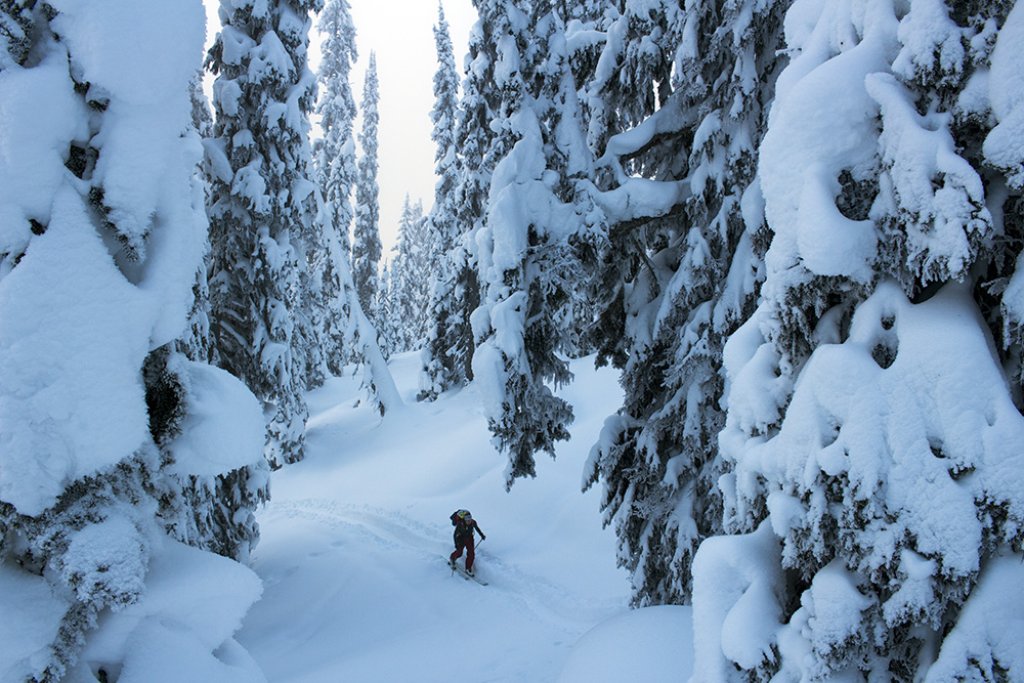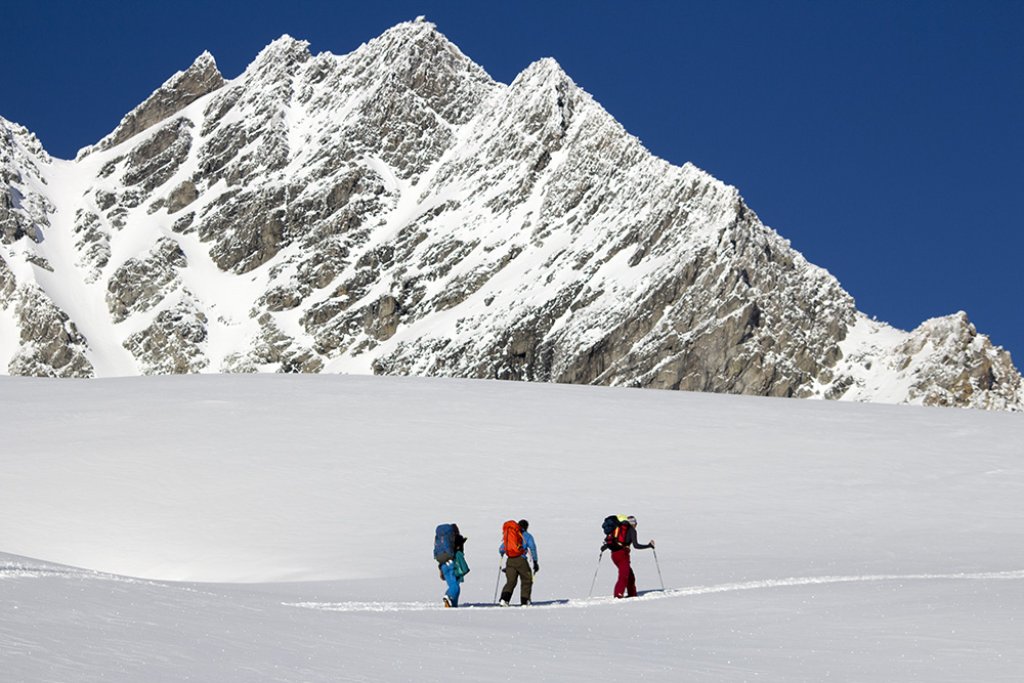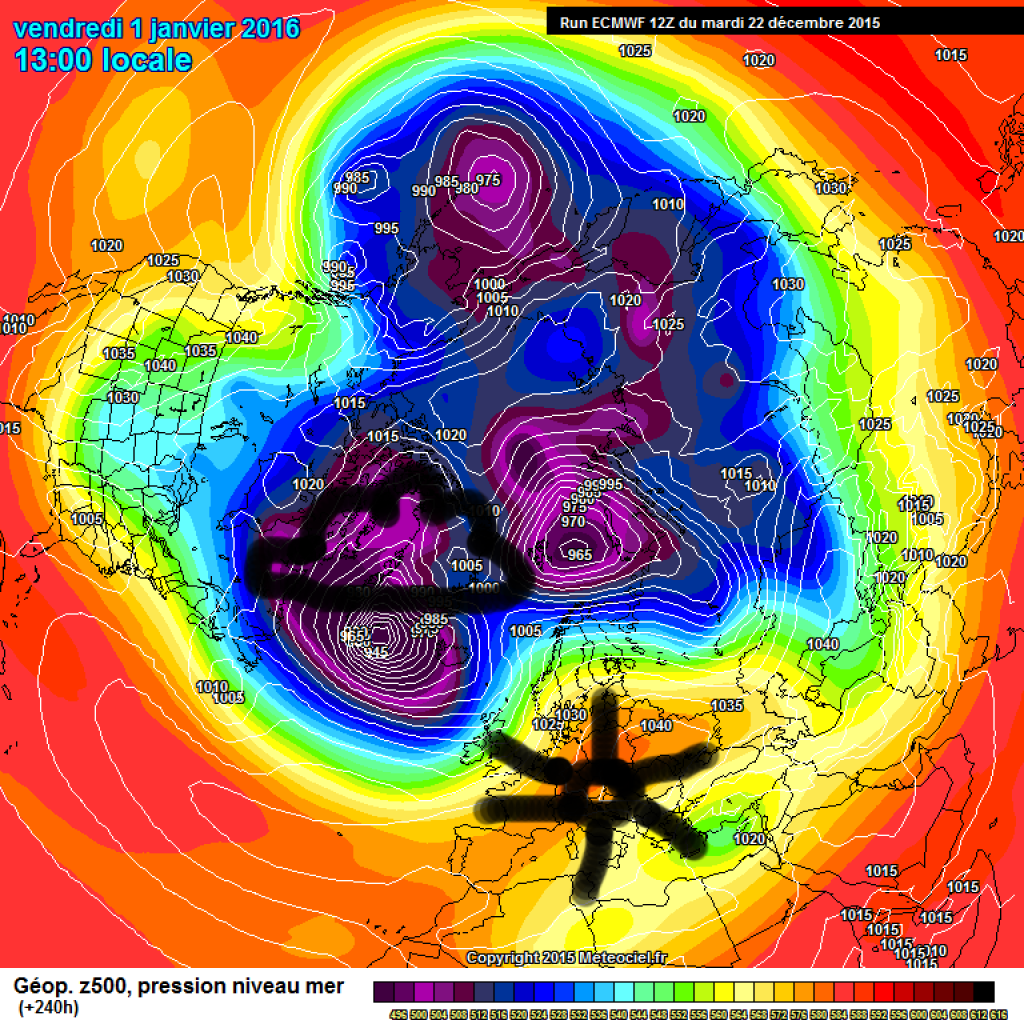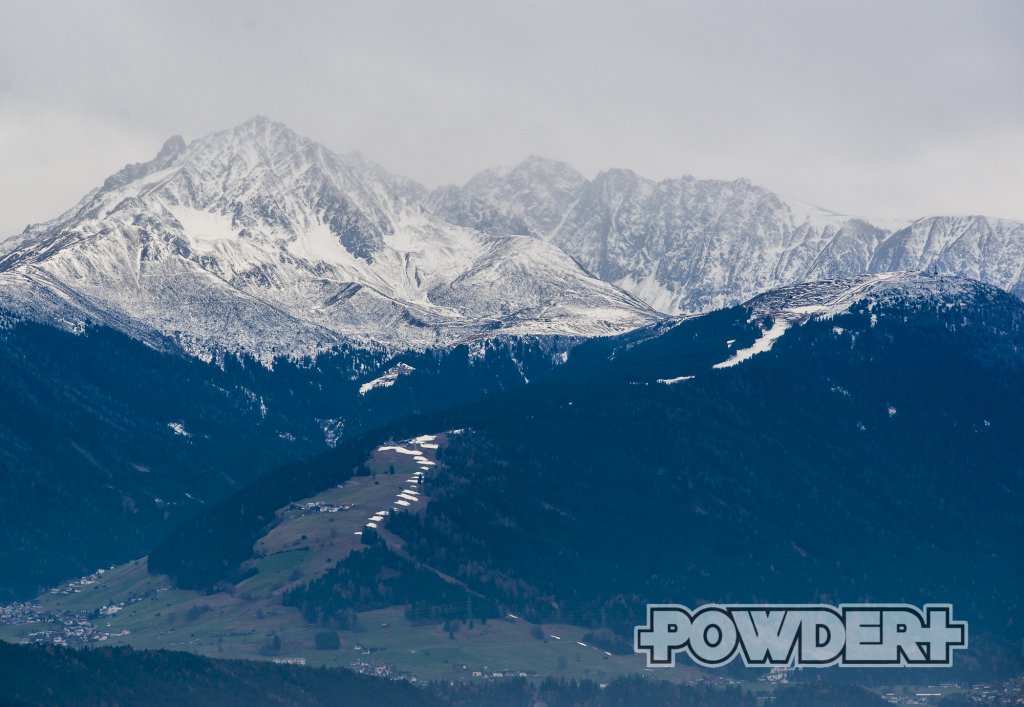The fresh snow and avalanche situation is also divided. While there are alarm-worthy amounts of snow in the western Alps, the east remains comparatively dry and is only covered in dust. Accordingly, the avalanche situation east of the Arlberg is relatively relaxed (because there is no snow) and becomes much more critical towards the west. The SLF is now issuing bulletins twice a day again (level 4 in the far west of Switzerland!) and an LLB has also been issued for Tyrol.
Further developments will initially be determined by a strong low over the British Isles. Towards the weekend, warm air will be shovelled towards us at the front of the low pressure system and the Alps will move into a SW current.





